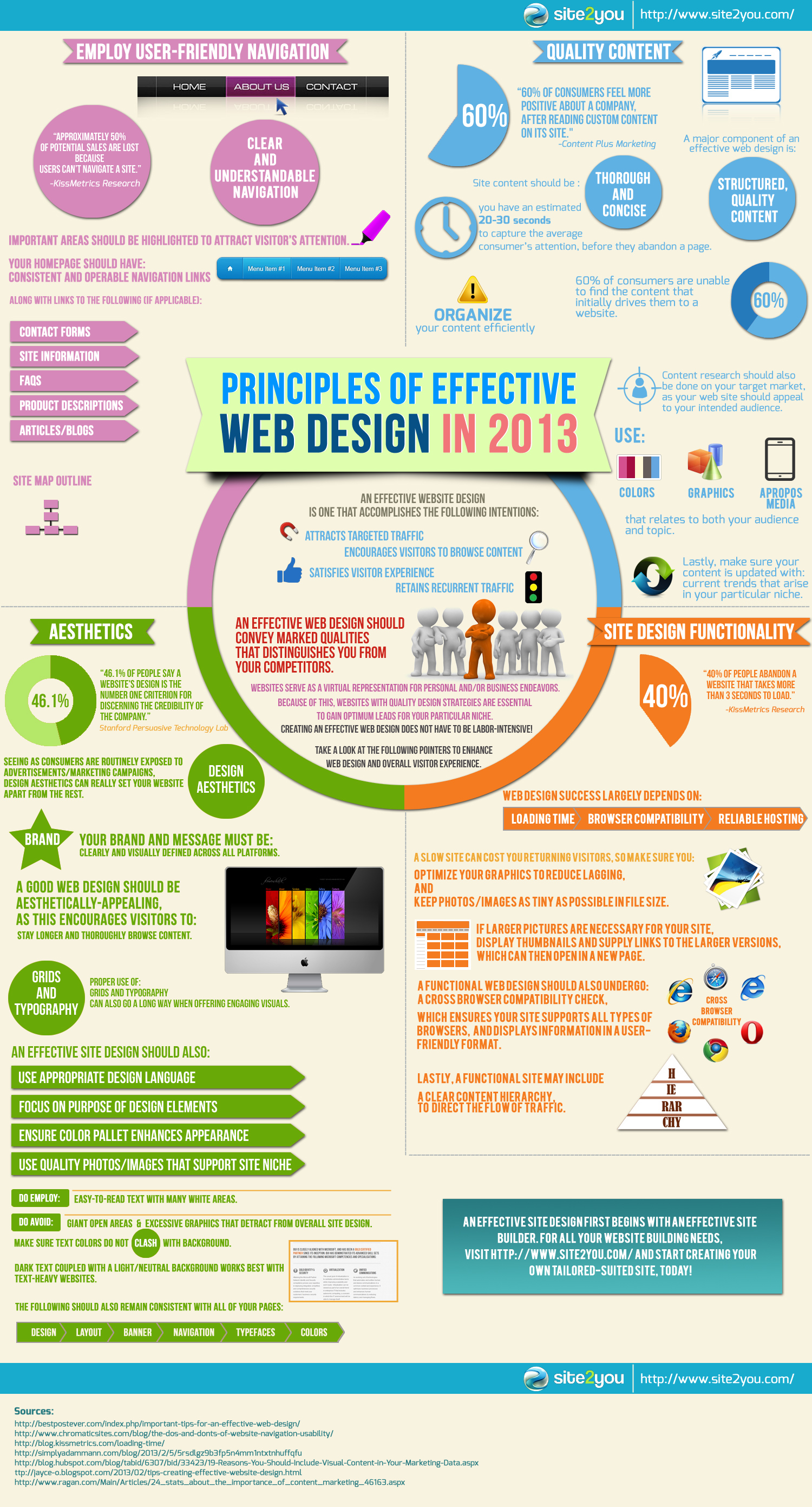Basic Facets Of Website Design: Guidelines For Creating A User-Centric Website
Basic Facets Of Website Design: Guidelines For Creating A User-Centric Website
Blog Article
Created By- business website development
When it comes to web site design, making sure user-friendliness is key. From responsive layout to streamlined navigation, every aspect plays a crucial role in developing a site that deals with your target market's requirements. But what about the finer details that can make or break a user's surfing experience? Stay tuned as we uncover some often-overlooked suggestions that can elevate your site's functionality to the following degree, making it absolutely attract attention in the electronic landscape.
Importance of Responsive Style
Responsive design is a crucial aspect of modern site growth. Guaranteeing your internet site is responsive means that it can adapt to different screen sizes and gadgets, supplying a seamless experience for users.
With the raising use mobile phones and tablets to access the internet, having a responsive layout is necessary for reaching a wider target market. internet seo solutions assists in enhancing user experience by making your website very easy to navigate and keep reading any kind of device.
Furthermore, responsive layout can favorably affect your internet search engine rankings, as internet search engine like Google prioritize mobile-friendly internet sites. By having a receptive design, you're also future-proofing your web site, as new gadgets with differing screen dimensions remain to emerge.
Simplify Navigation Framework
To enhance individual experience and promote very easy accessibility to information on your website, improving the navigation structure is vital. When developing your website, concentrate on producing a clear and user-friendly navigation food selection that aids visitors locate what they're seeking swiftly.
Limitation the variety of food selection items to the basics, organizing relevant pages with each other to prevent overwhelming customers. Use descriptive tags that clearly show the material of each page, making it simpler for individuals to recognize where each web link will take them.
Think about applying dropdown food selections for subcategories to avoid littering the main navigation bar. Furthermore, include a search bar plainly on the page for customers who favor searching for details details.
Prioritize mobile responsiveness in your navigating design to make sure simple gain access to on all tools.
Optimize Web Page Load Speed
Improving page lots speed is important for retaining site visitors on your internet site. Slow-loading web pages frustrate individuals and can result in high bounce prices. To optimize web page lots speed, start by maximizing images. Compress images without compromising top quality to reduce their data sizes.
Additionally, enable web browser caching to store frequently accessed resources locally, accelerating tons times for returning site visitors. Minify CSS, JavaScript, and HTML files by eliminating unnecessary personalities, remarks, and formatting, enhancing lots speed.
Take into consideration utilizing a content distribution network (CDN) to distribute your internet site's material throughout multiple web servers worldwide, decreasing latency for users accessing your website from various areas. Last but not least, limit making use of third-party scripts and plugins, as they can dramatically affect load times.
Conclusion
Finally, by integrating responsive design, simplifying navigation, and maximizing page lots speed, you can develop a straightforward internet site that attract a wider audience and enhances customer experience. These essential elements guarantee that site visitors can easily access and browse your site across various devices, bring about raised involvement and satisfaction. By concentrating on these vital elements, you can develop an effective internet site that keeps users coming back for even more.
